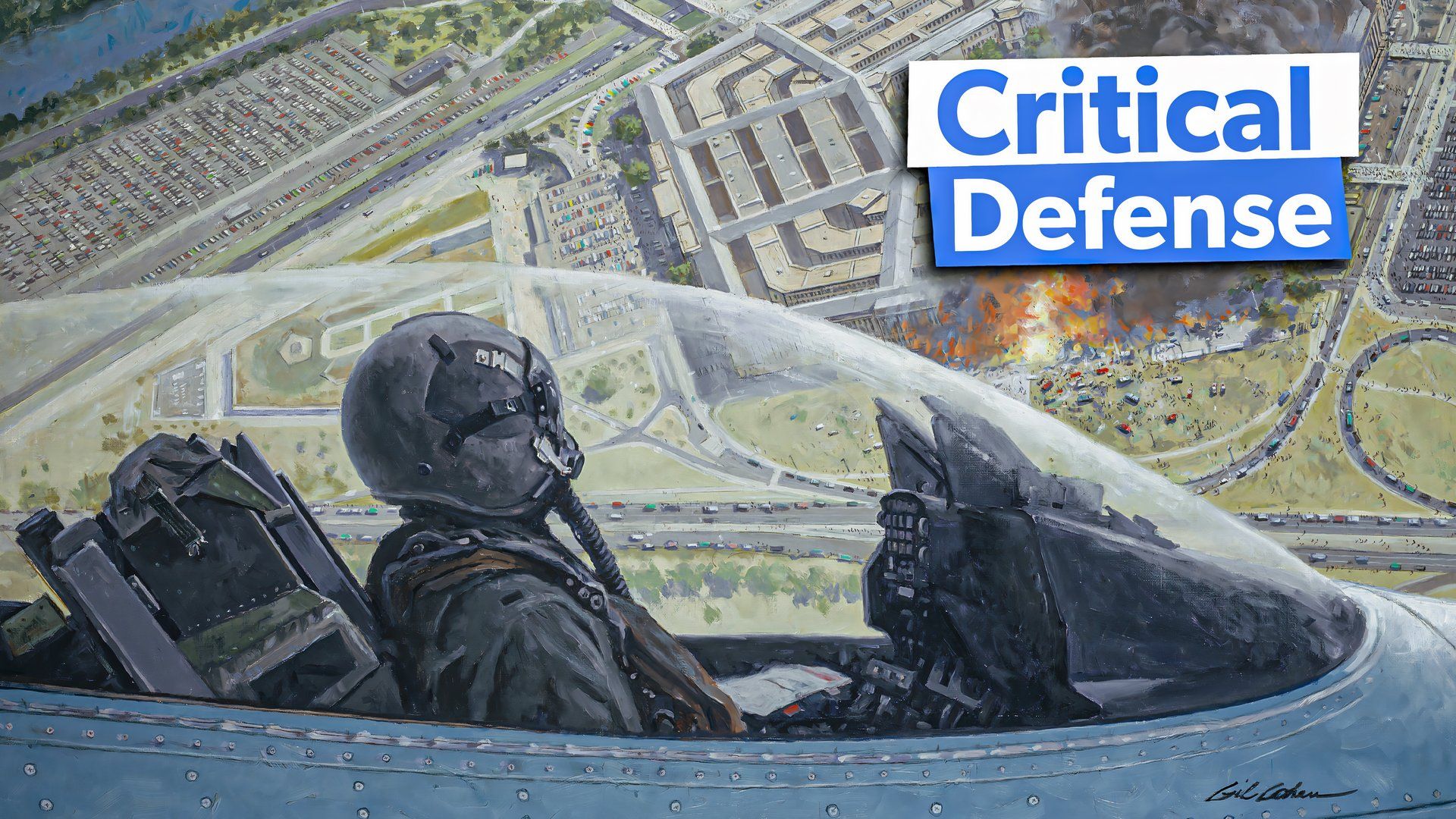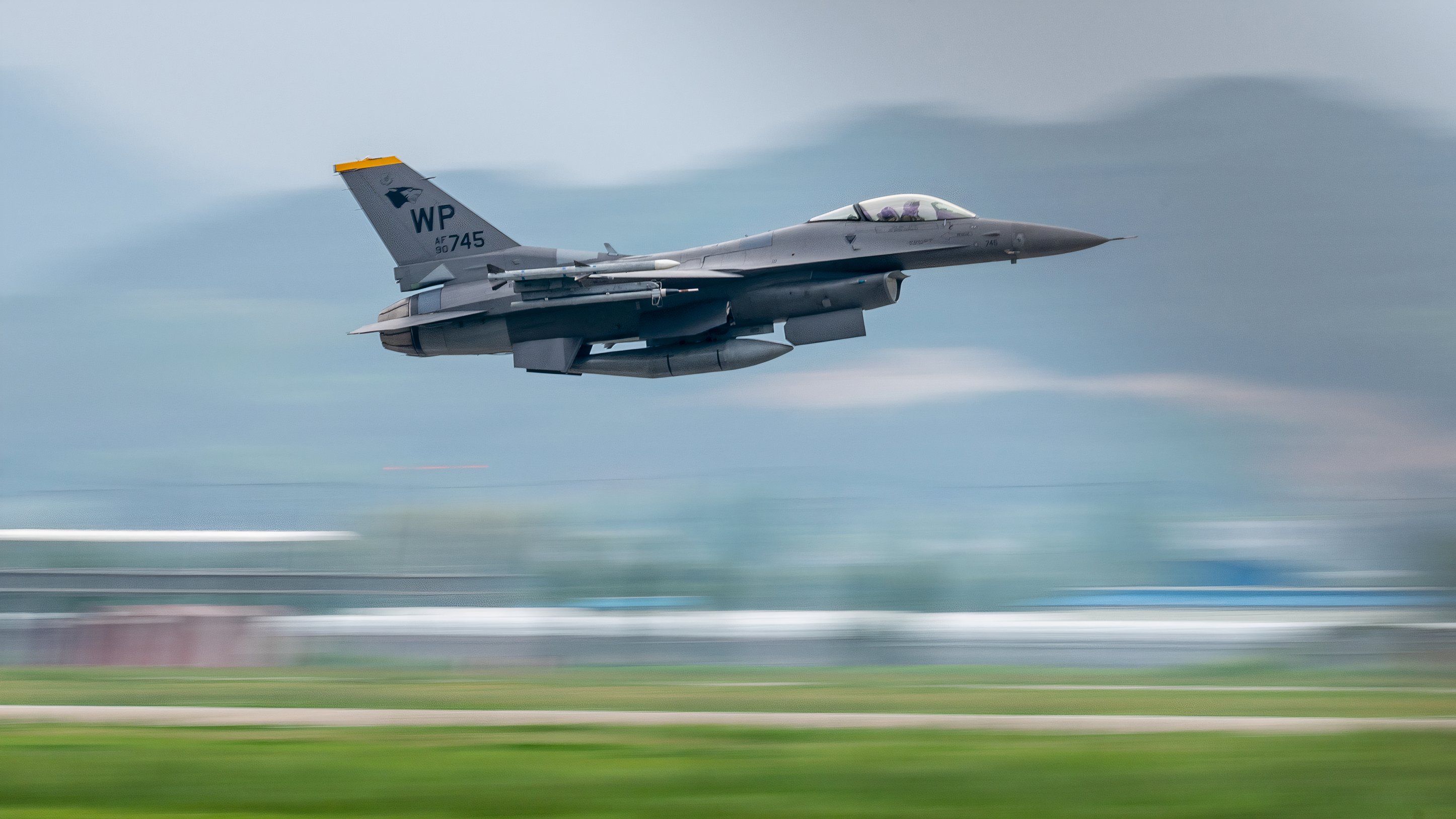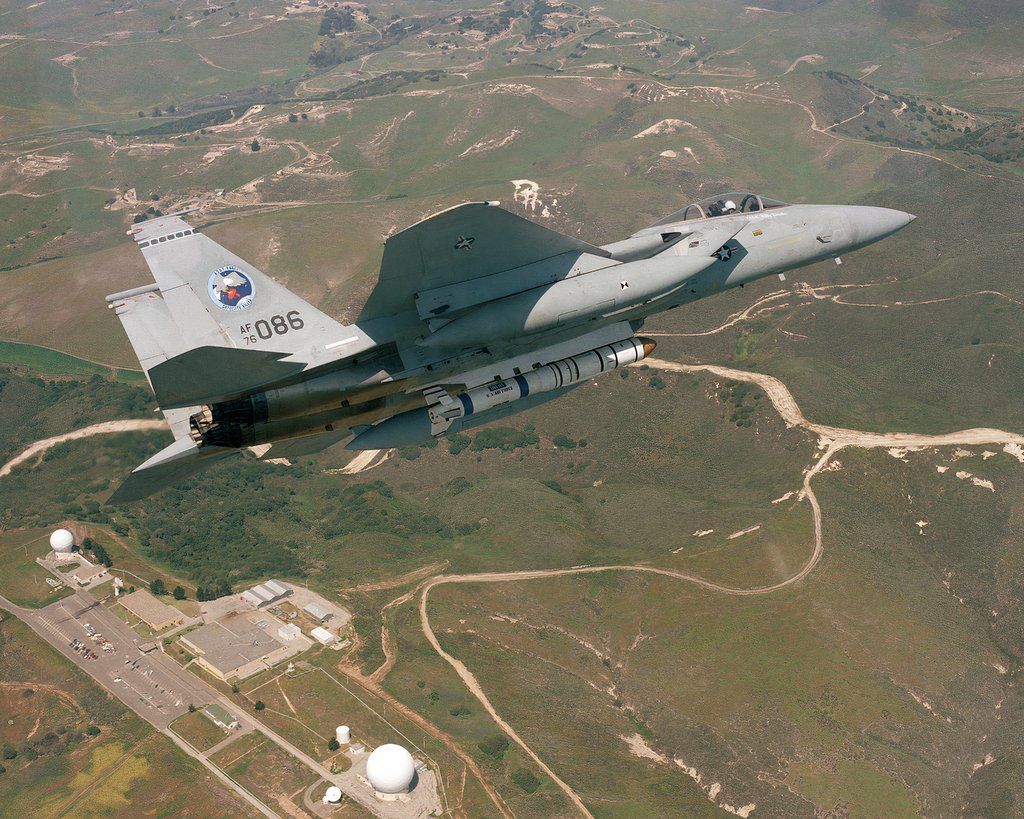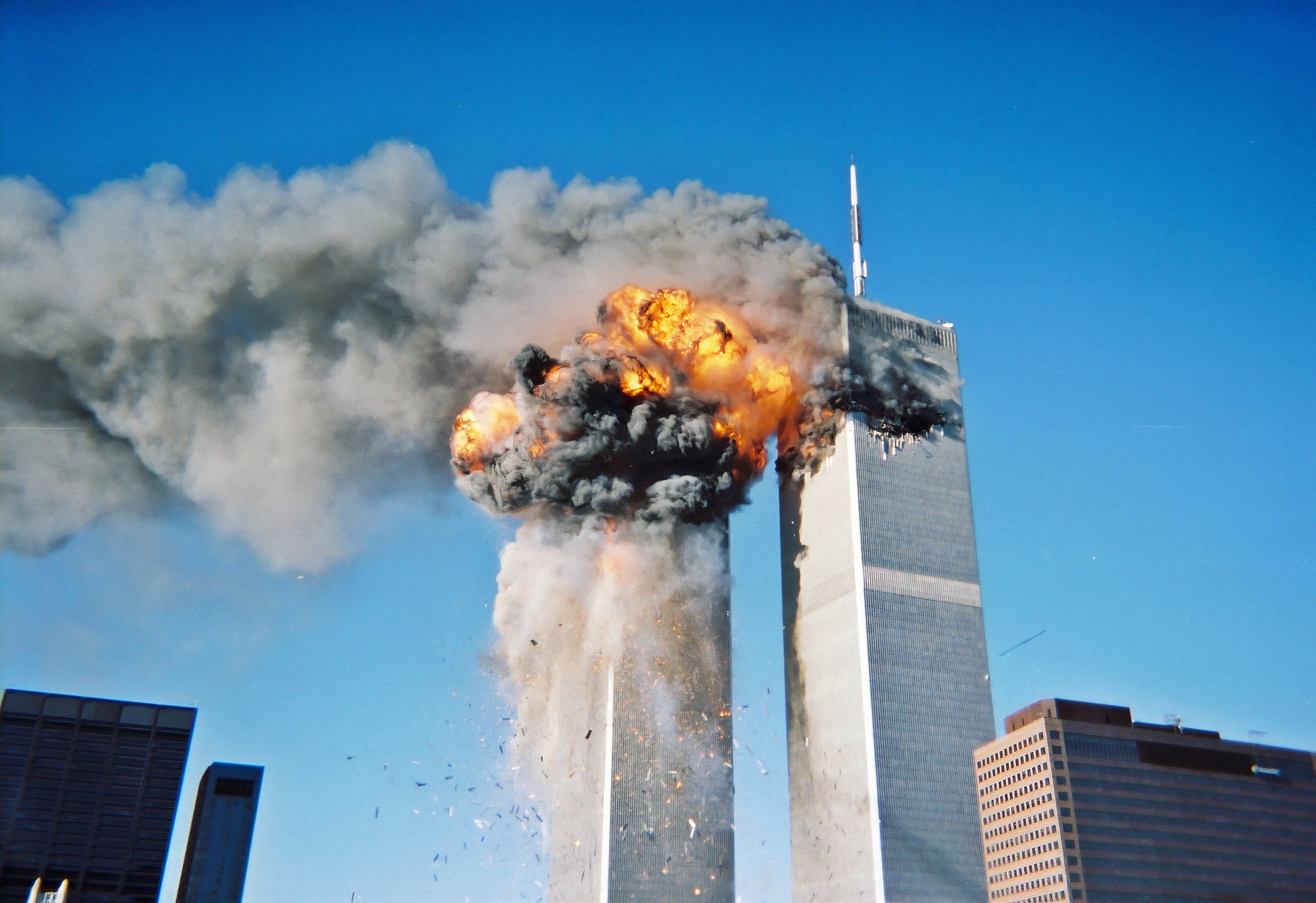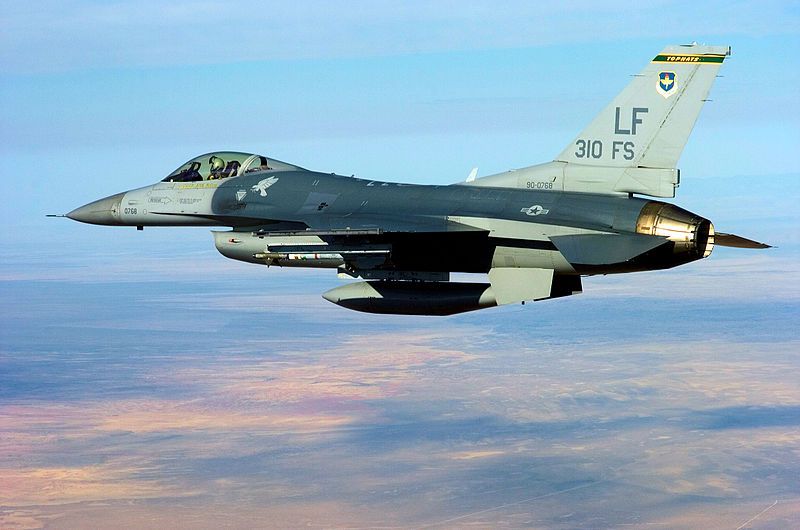Semptember 11, 2001
, was a day in American history that will not be forgotten by those who experienced it. Many know of the heroic actions of the passengers on ![]() United Airlines
United Airlines
Flight 93, who fought back against the terrorists who hijacked
their aircraft. Many have seen horrific pictures of commercial airliners crashing into the Twin Towers and the Twin Towers collapsing.
However, the actions that were taken by the men and women of the United States Air Force
immediately following the attacks are lesser known to the public. As the world focused on the burning towers, the
US Air National Guard sprang into action in multiple ways
– including by launching Operation Noble Eagle, which continues today.
The air defense posture before September 11th
The entity responsible for defense in the United States was North American Aerospace Defense Command, also known as NORAD. At the time of the terrorist attacks, NORAD only had two bases in the Northeastern part of the United States that had fighter aircraft on alert status. These were Otis Air National Guard Base on Cape Cod, Massachusetts, and F-16s
from the North Dakota Air National Guard at Langley Air Force Base in Hampton, Virginia.
Photo: USAF
As soon as it became clear that a terrorist attack was occurring and the military was contacted, NORAD launched the two alert F-16s at Langley AFB and the two alert F-15s at Otis ANGB.
|
Aircraft hijacked: |
Passengers & crew on board (excl. hijackers) |
|---|---|
|
American Airlines Flight 11: |
87 (incl. 11 crew) + 5 hijackers |
|
United Airlines Flight 175: |
60 (incl. 9 crew) + 5 hijackers |
|
United Airlines Flight 93: |
40 (incl. 7 crew) + 4 hijackers |
|
American Airlines Flight 77: |
59 (incl. 6 crew) + 6 hijackers |
With only two pairs of aircraft available and little information on how many aircraft were hijacked, the military commanders were forced to utilize the assets that they had to cover the entire northeast. This is an area of the United States that has a lot of potential targets that would be appealing to terrorists, such as the US. Capital and major cities like New York, Boston, and Philadelphia.
Military commanders immediately responded by having the F-15s from Otis ANGB cover New York City and the F-16s from Langley AFB cover the US Capital. The jets were scrambled at lightning speed. The FAA alerted the Northeast Air Defense Sector (NEADS) at 08:37. Just nine minutes later (08:46), the order was given for the jets to scramble.
Photo: Reynolds | The US National Archives
Just 7 minutes later (08:53), the first jets were airborne. And yet, even this was too late. The first fighter jets may have been airborne in just 16 minutes, but the first aircraft struck the first tower at 08:46 and the second at 09:03.
|
Select timeline of events: |
|
|---|---|
|
08:19: |
Flight attendant on Flight 11 alerts American Airines of hijacking |
|
08:37: |
NEADS alerted |
|
08:46: |
Order to scramble jets & Flight 11 strikes North Tower |
|
08:53: |
First fighters airborne |
|
09:03: |
Flight 175 strikes South Tower |
|
09:25: |
Combat Air Patrol established over Manhattan |
|
09:37: |
Flight 77 strikes the Pentagon |
|
10:03: |
Flight 93 crashes in Pennsylvania |
Combat air patrols over the United States
By the afternoon of September 11th, two things had happened in the skies over the United States. The first is that all commercial and private air traffic had ceased by an order from the FAA
. The second was that fighter aircraft had begun to conduct combat air patrols across the country, many of which were from Air National Guard bases.
The main focus of these initial patrols was to monitor the aircraft as they landed at the nearest airport that they could and to keep any additional hijacked aircraft from reaching their target. Because of the limited number of fighter aircraft on alert status at the time, Airmen across the nation were readying aircraft to ensure there were enough aircraft to meet this combat air patrol mission.
The Air National Guard: “Always Ready, Always There”
The speed at which US Air National Guard Airmen were able to generate and launch aircraft is a testament to the efficiency and training of the Air National Guard personnel. According to the Air National Guard website, “Within 24 hours of the terrorist attacks, 34 ANG fighter units across the country had launched aircraft.”
This is an impressive feat, considering there were only seven units in the country with fighter aircraft on alert status, and aircraft at military bases are not usually configured for combat or loaded with live ammunition. On this day, the Air National Guard lived up to their motto of “Always Ready, Always There.”
However, the Air Force was still caught completely by surprise, and it scrambled the jets so fast that there was no time to arm them. Pilots debated what they would do and some agreed that they would fly their fighter jets
into the hijacked aircraft like kamikazes if they needed to. There was just no other way to stop the aircraft from hitting their intended targets.

